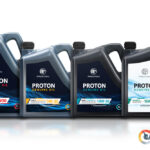The B-segment SUV market have been a highly profitable market for many car manufacturers, which is the reason we see a huge influx of different model B-segment SUV arrive on our shores. Hyundai also didn’t want to lose out on that, so they finally launch their long-awaited Hyundai Kona. In Malaysia, the Hyundai Kona is available in 4 different variants, the variant that I’m reviewing is the Kona 2.0 Active, which is the highest specification 2.0L variant.
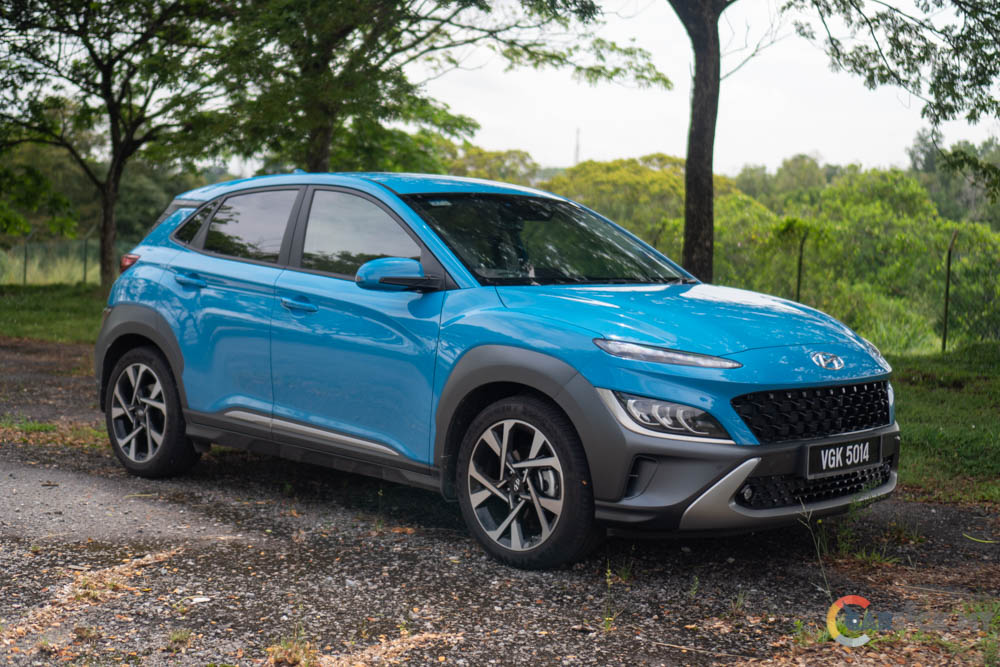
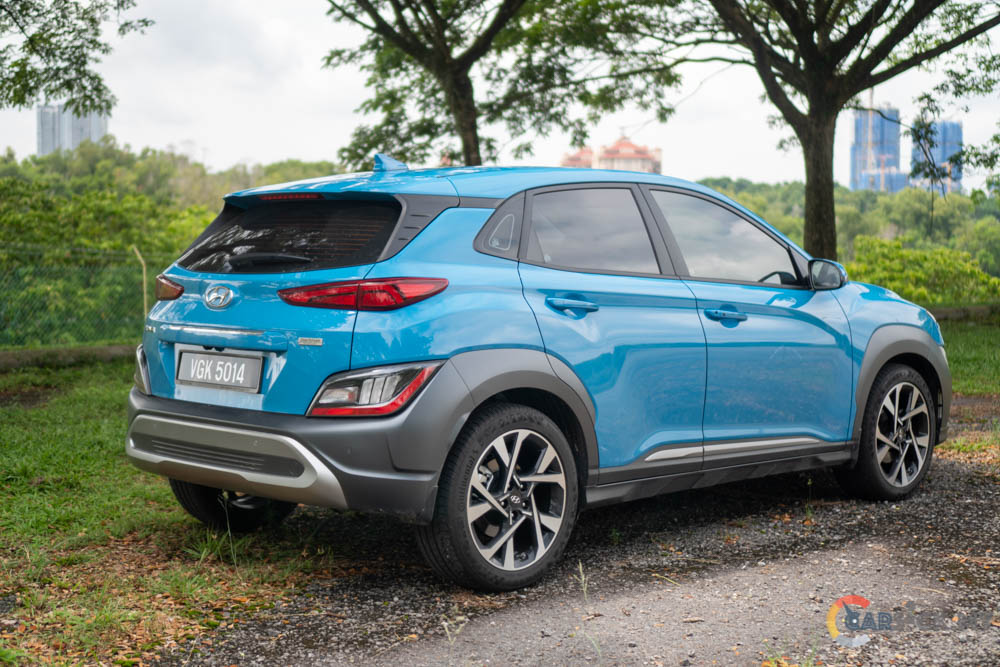 The Hyundai Kona was launched internationally back in 2017, and it carries a bold and futuristic look that captures many people’s attention. In 2020, Hyundai facelifted the Kona globally, which is about the same time that Hyundai Malaysia started selling the pre-facelift model. Not long after, Hyundai Malaysia also launch the facelifted Kona, which is in-line with their global direction.
The Hyundai Kona was launched internationally back in 2017, and it carries a bold and futuristic look that captures many people’s attention. In 2020, Hyundai facelifted the Kona globally, which is about the same time that Hyundai Malaysia started selling the pre-facelift model. Not long after, Hyundai Malaysia also launch the facelifted Kona, which is in-line with their global direction.

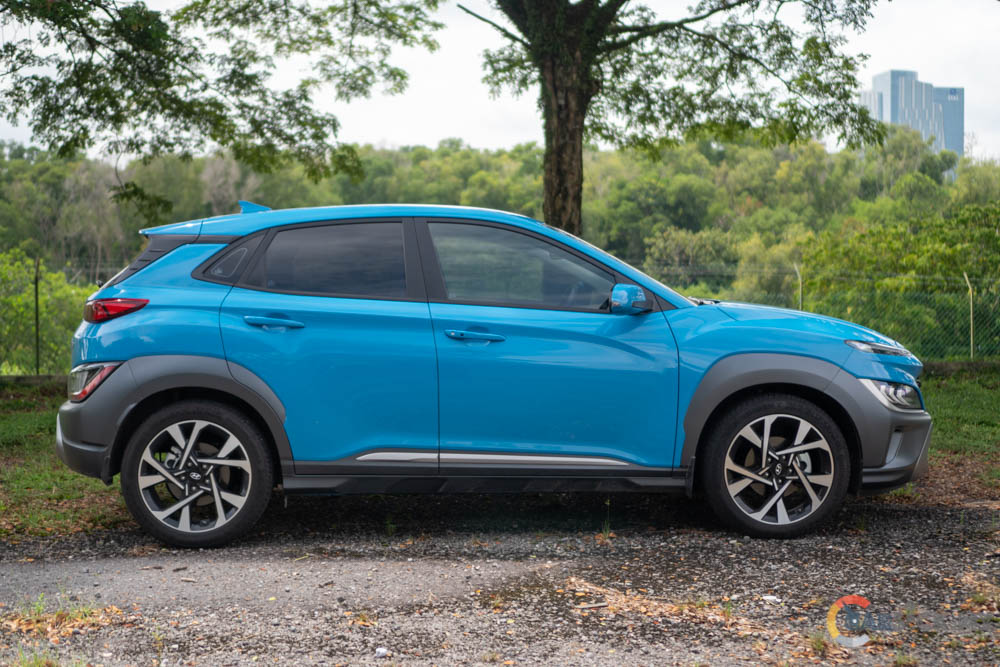
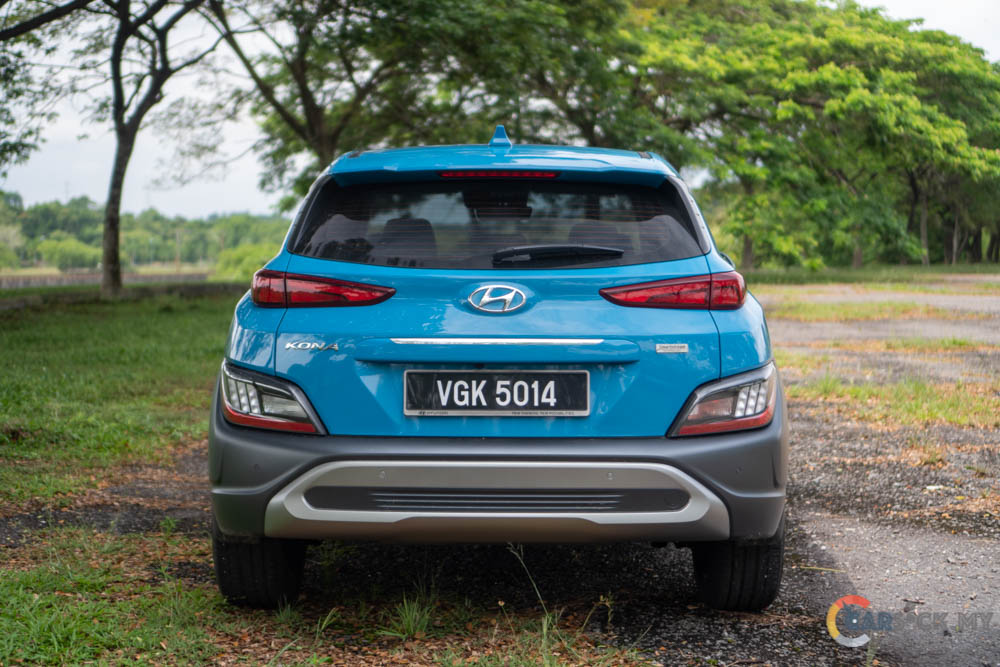 On the facelifted Kona, we can see that Hyundai designers have done a good job in making the Kona looks cleaner compared to the pre-facelift car. I personally think that the Kona looks way more handsome than the photos suggest. Even with the cleaner look, the Kona still looks very eye-catching, and it’s quite the head-turner as I’ve notice many people giving the Kona a second glance when the SUV drove past.
On the facelifted Kona, we can see that Hyundai designers have done a good job in making the Kona looks cleaner compared to the pre-facelift car. I personally think that the Kona looks way more handsome than the photos suggest. Even with the cleaner look, the Kona still looks very eye-catching, and it’s quite the head-turner as I’ve notice many people giving the Kona a second glance when the SUV drove past. 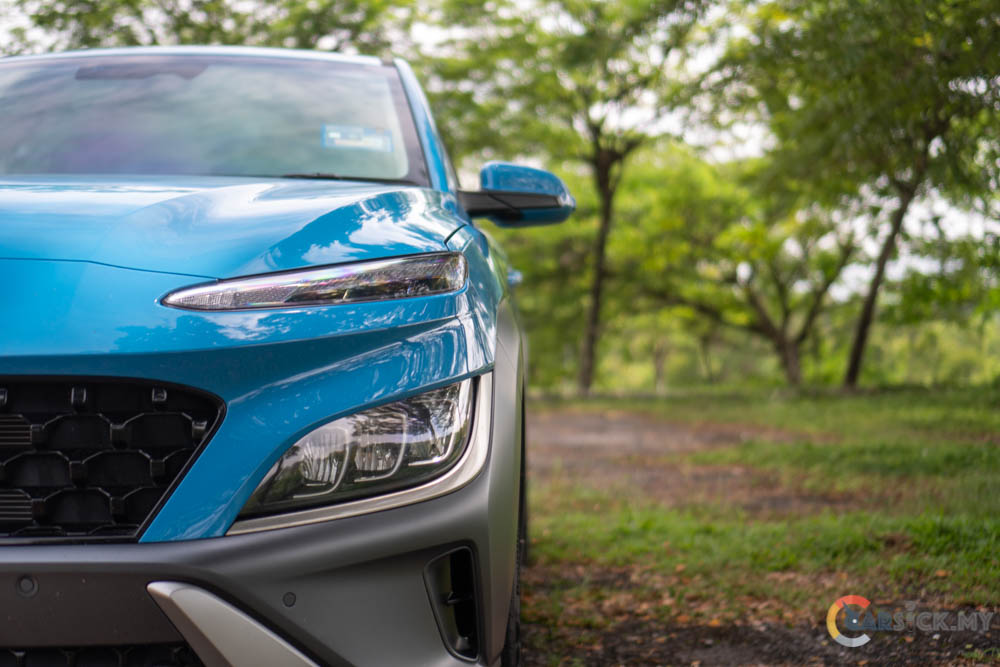

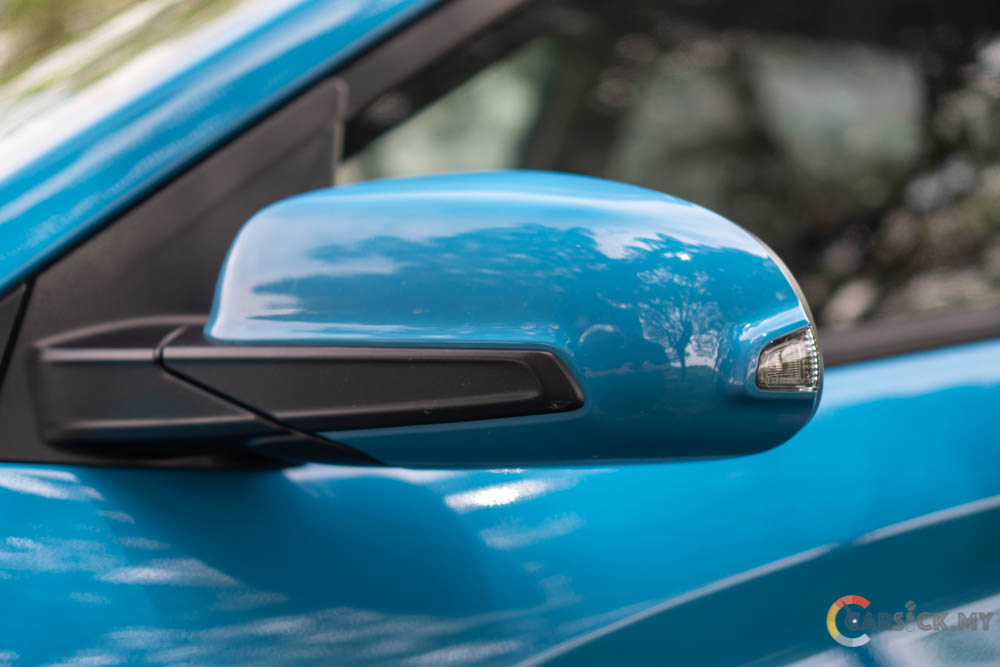
My favourite view of the Kona is at the front, which looks modern and futuristic without being over complicated. The rear also looks equally sporty, but it carries a lot more sophistication in the design element. On the flip side, the rear 3 quarter doesn’t look appealing to me, as it makes the Kona look rather short and stubby, which it isn’t. Lastly, this Kona comes with a unique colour that stands out from the crowd, and the name of the colour is called “Dive In Jeju”, which is suitable for the colour as it resembles the clear blue sea. 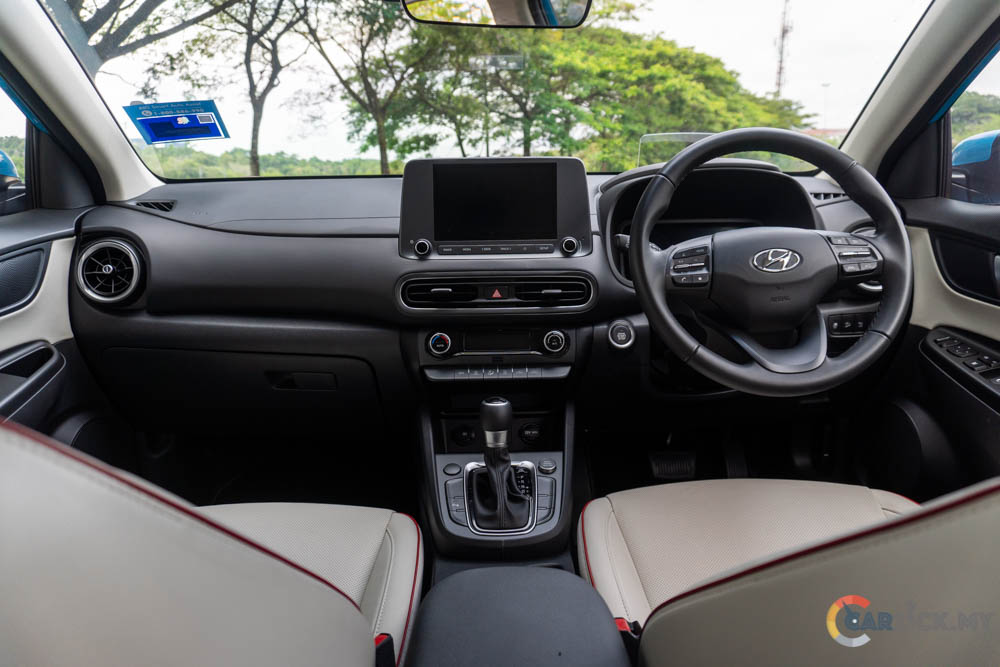
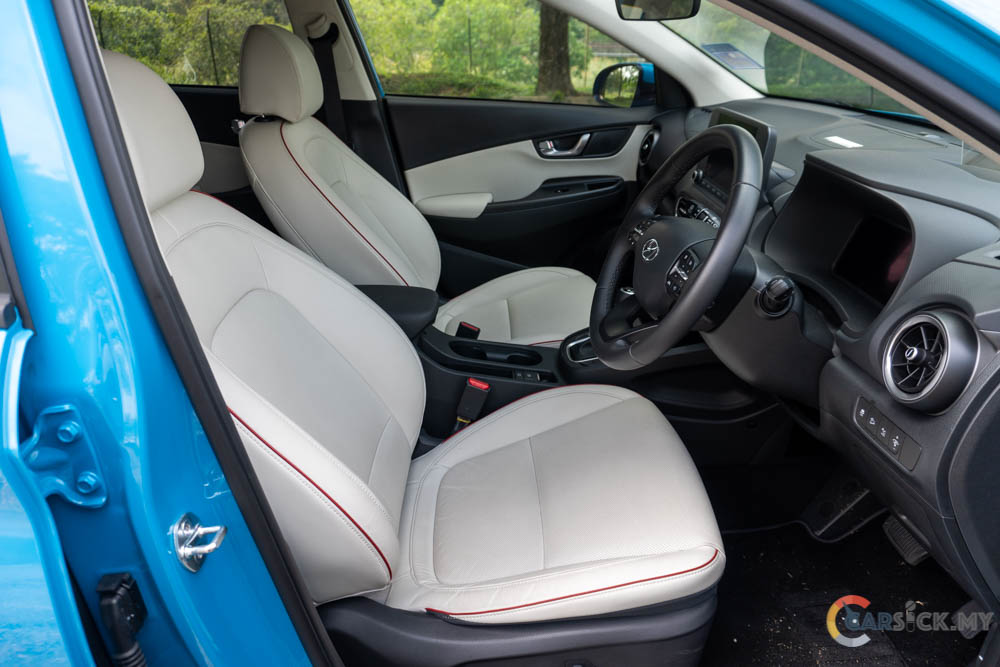
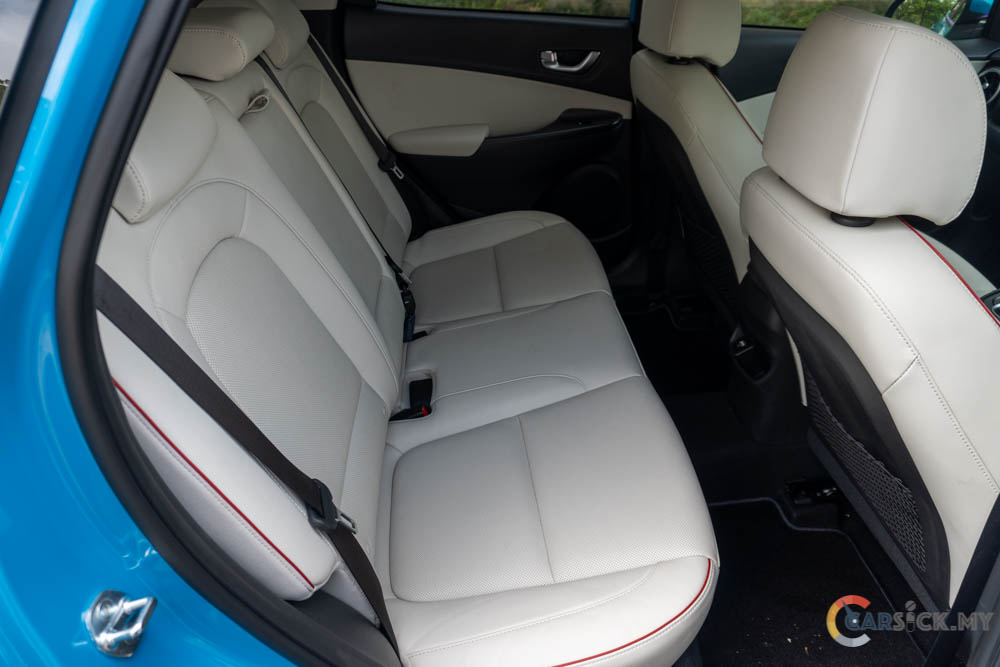
Stepping onboard, I notice that the interior didn’t have as much wow factor as the exterior. It has a more modest functional cabin, which is loaded with technology. On the plus side, the interior gives out a sense of familiarity as all other Hyundai vehicles. The Kona 2.0 Active comes with light beige leather seats and red piping, which gives the interior an airier feeling as it is not monotonous. Having the light beige leather seats can be a turn off for Malaysians as cleaning is required to maintain the look of it, but personally, I like these bright coloured seats as it gives the interior more characteristic. If customer insist, Hyundai Malaysia do offer black leather seats version of the Kona 2.0 Active. 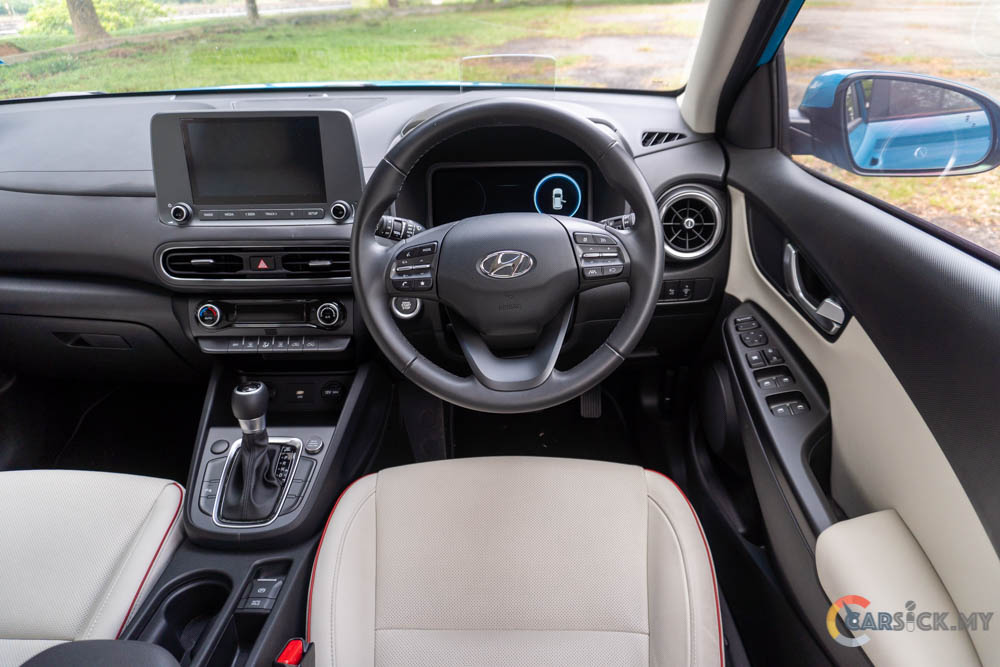
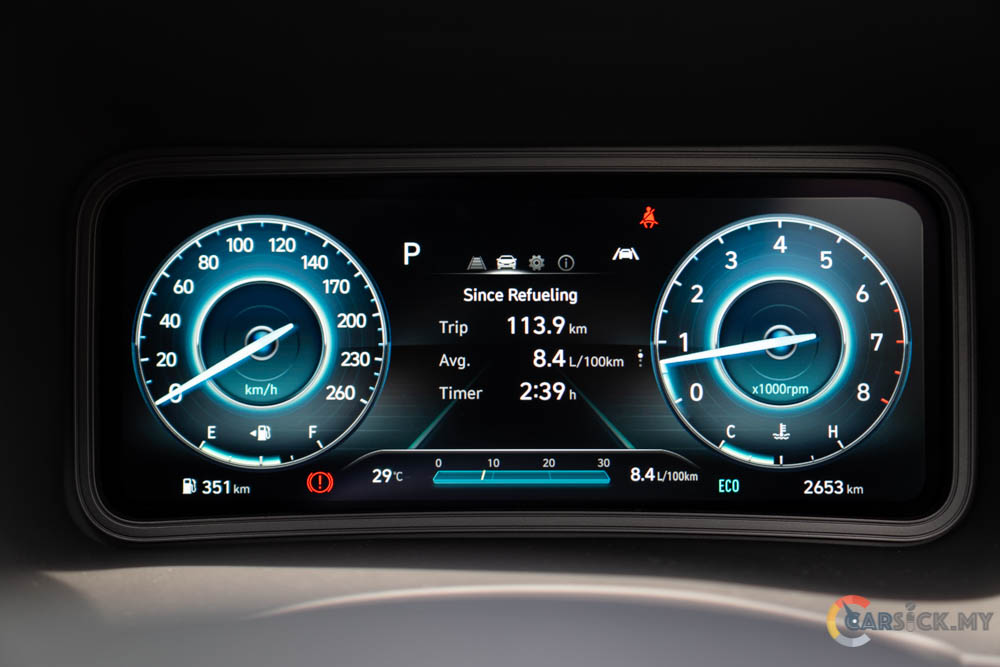
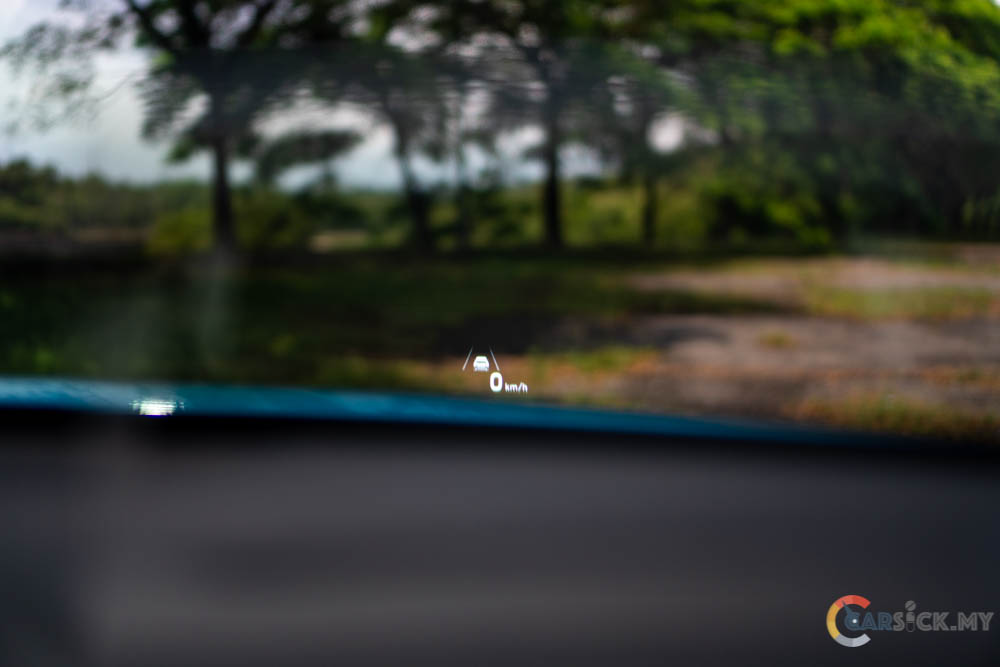
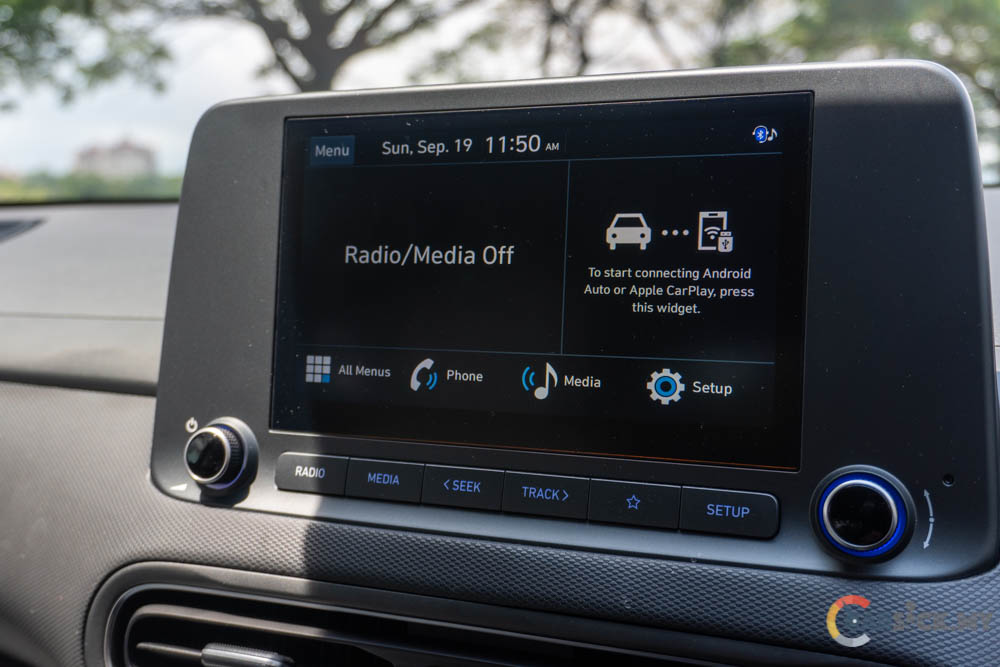
Getting comfortable behind the wheel is very easy, thanks to the 10-way adjustable driver seat. The side bolster is very supportive to keep the driver in place during spirited driving. One thing that the driver seats can be improve is the increase in thigh support, this could help in bringing more comfort to the driver. In front of the driver, there is the 10.25 Inch full LCD instrument cluster that is high definition, which coincide with the coloured heads-up display that shows the speed of the SUV and also the surrounding through the various sensors around the car. Just like the Elantra, I’m glad to see the availability of wireless Android Auto on the facelifted Kona. 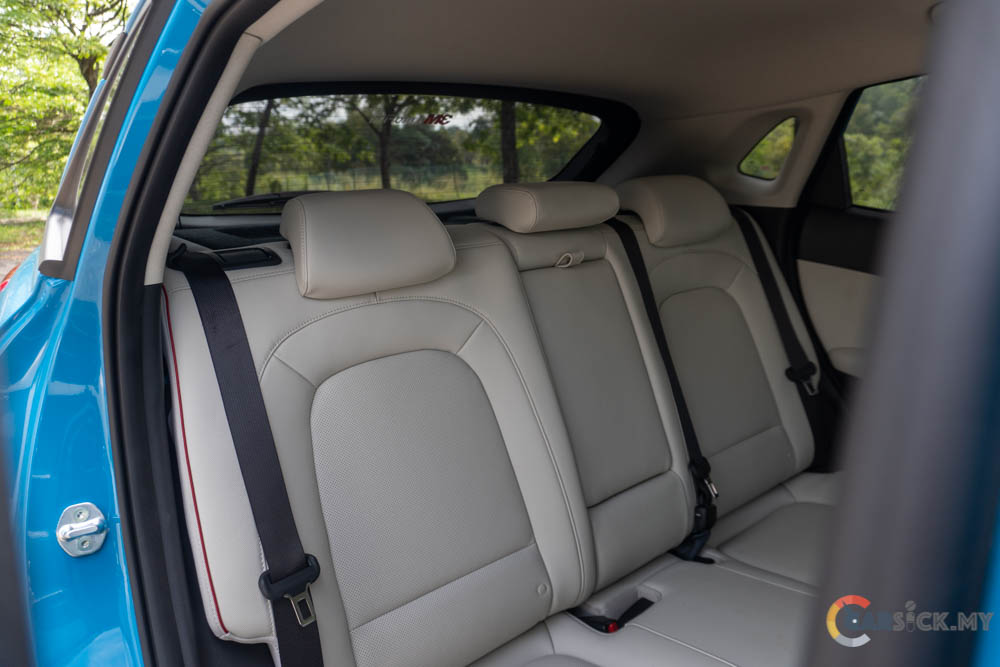
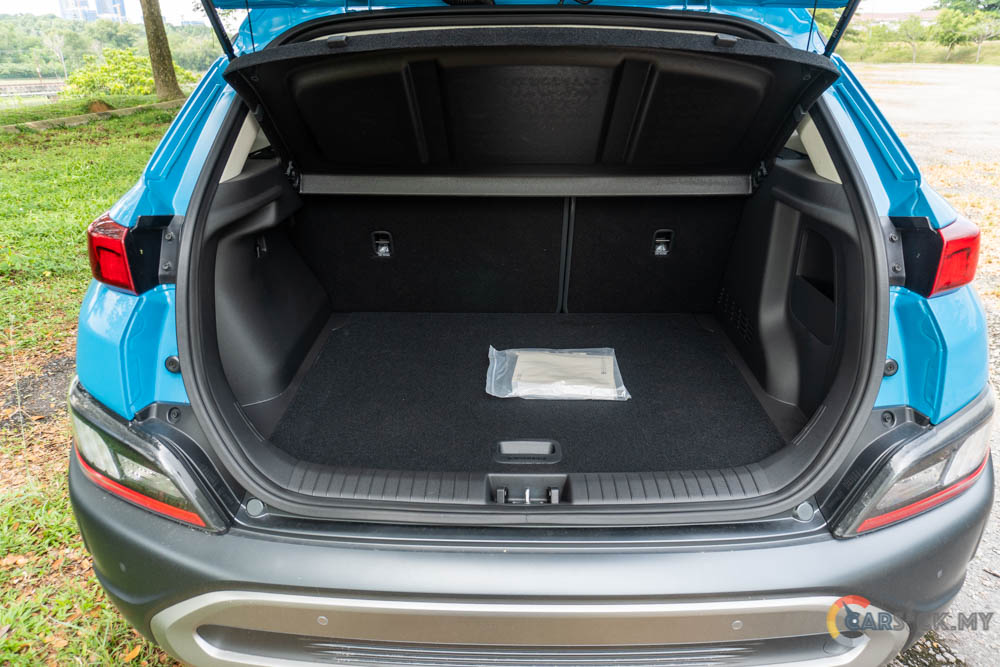
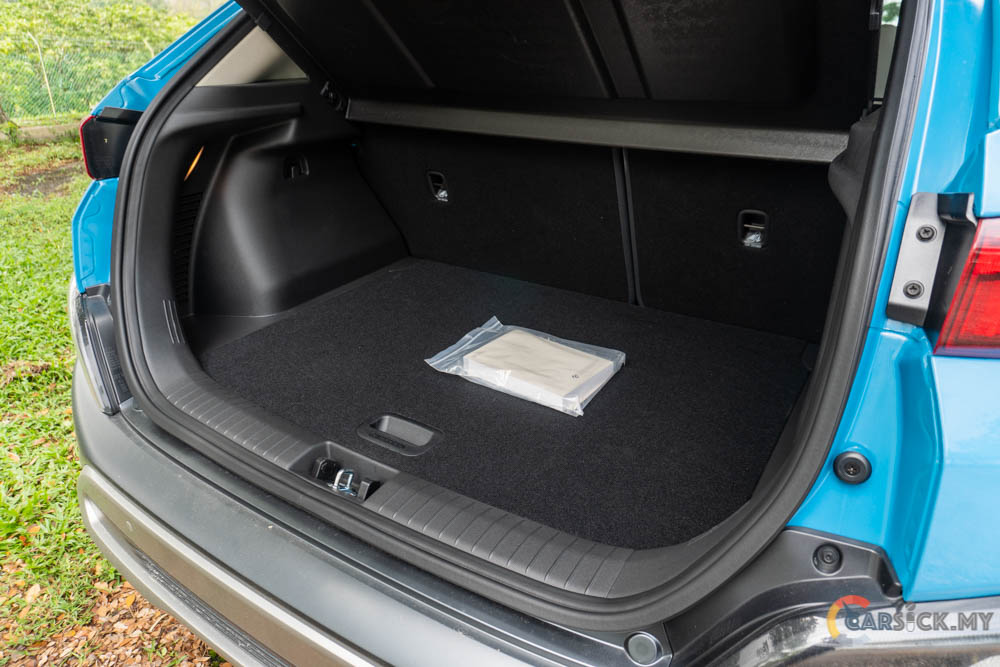
At the rear, the back seats are also very comfortable to be in on a long journey. With the front seat set to my seating position, I still have plenty of knee room and headroom available. The main thing that I like about the rear seats are the angle of the seat back, as the angle is just right for me to feel relax while seating at the rear. The seatback can also be folded down in a 60:40 manner to provide additional boot space. With the seats folded down, it creates a seamless flat floor to allow heavy items to be push or pull during the loading and unloading process. With the seats down, the boot space will be increase to a whopping 1,156L from a meagre 374L with the seats up. 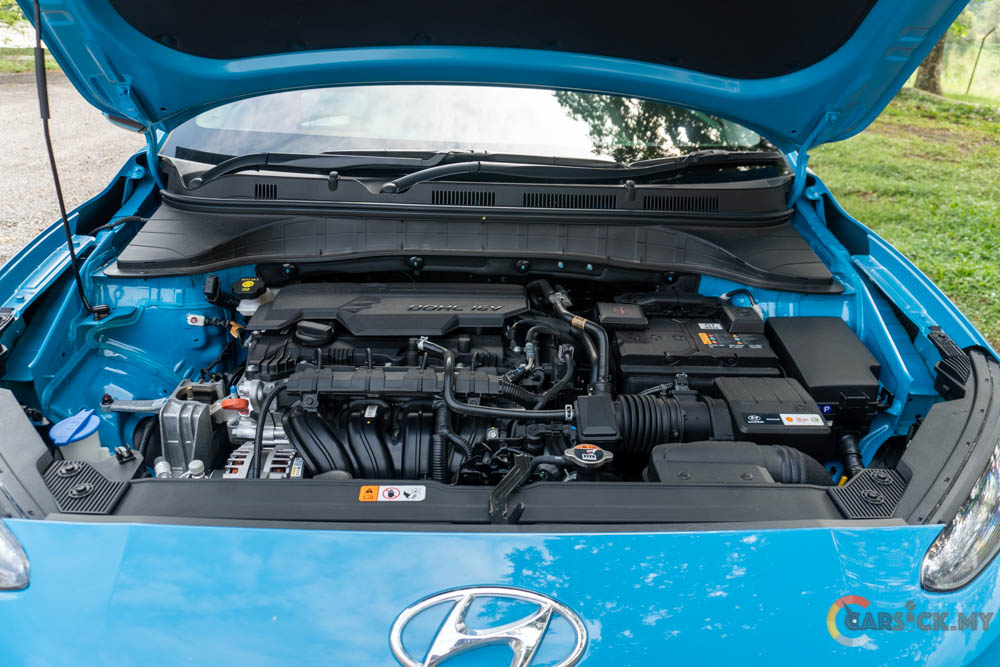
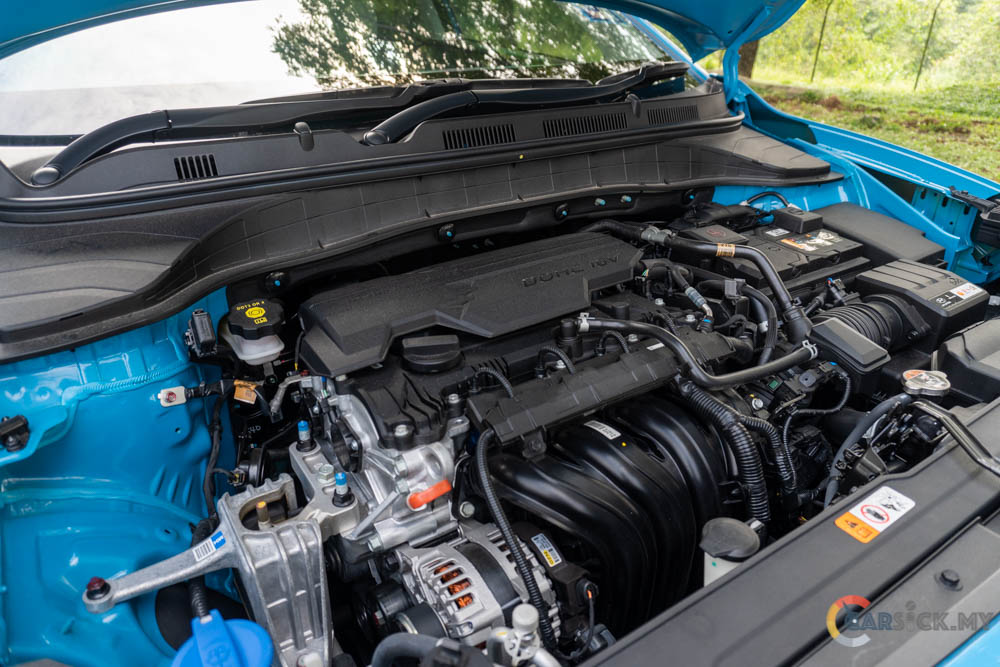
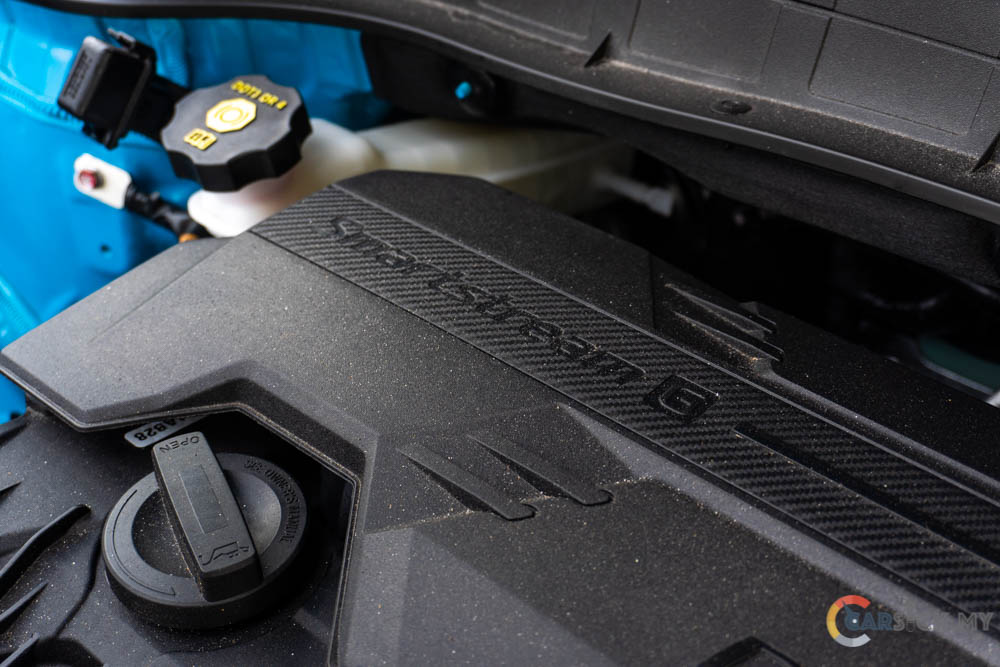
The updated Hyundai Kona is fitted with remote start function, which is quite the party piece to show people. Under the hood, the Kona facelift is fitted with a brand new 2.0L Smartstream technology engine. This engine has the ability to produce a maximum 149ps at 6,200rpm and 180 Nm torque at 4,500rpm.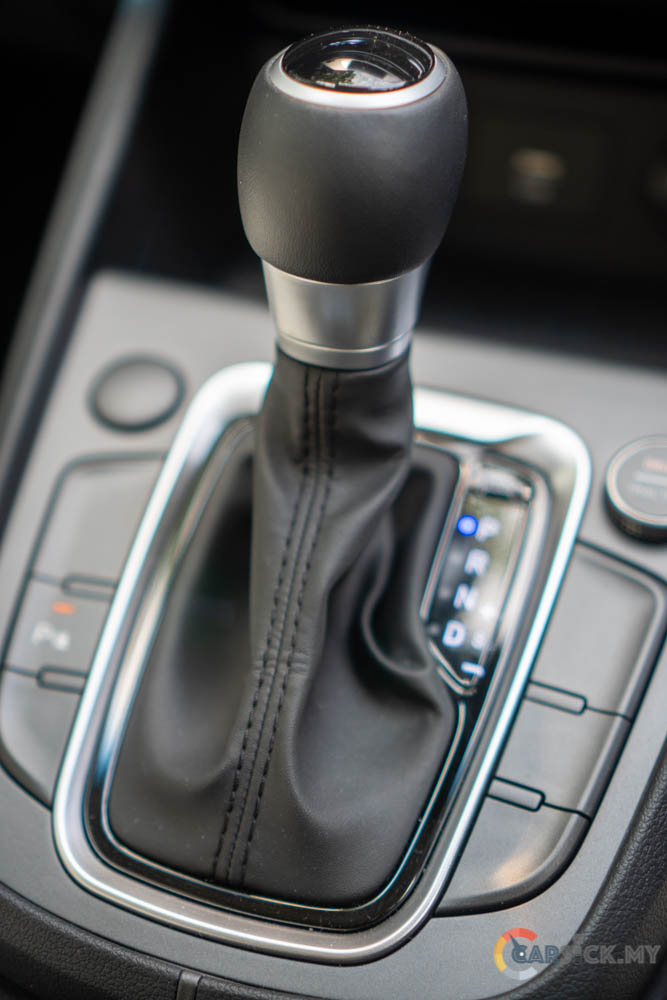
With this brand new 2.0L engine, it provides sufficient power to get the SUV up to speed at a brisk pace. As long as the engine is within the 3,000-4,000rpm range, overtaking can be done rather fuss free as the peak torque for the engine comes in around 4,000rpm. In order to allow the engine to operate in the most efficient rpm, Hyundai has given the Kona 2.0 their brand new 8-speed CVT. As the 2nd Hyundai CVT that I’ve experienced, it’s a very well tune CVT that mimics a conventional automatic transmission during regular driving scenario. As the engine speed increase, the rubber band feeling is rather apparent. 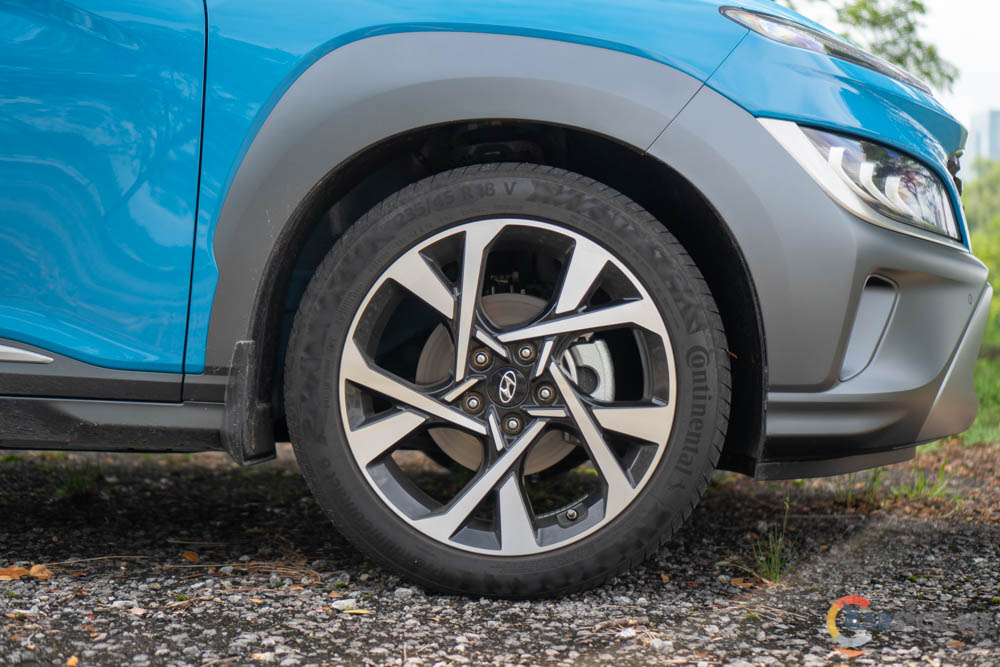
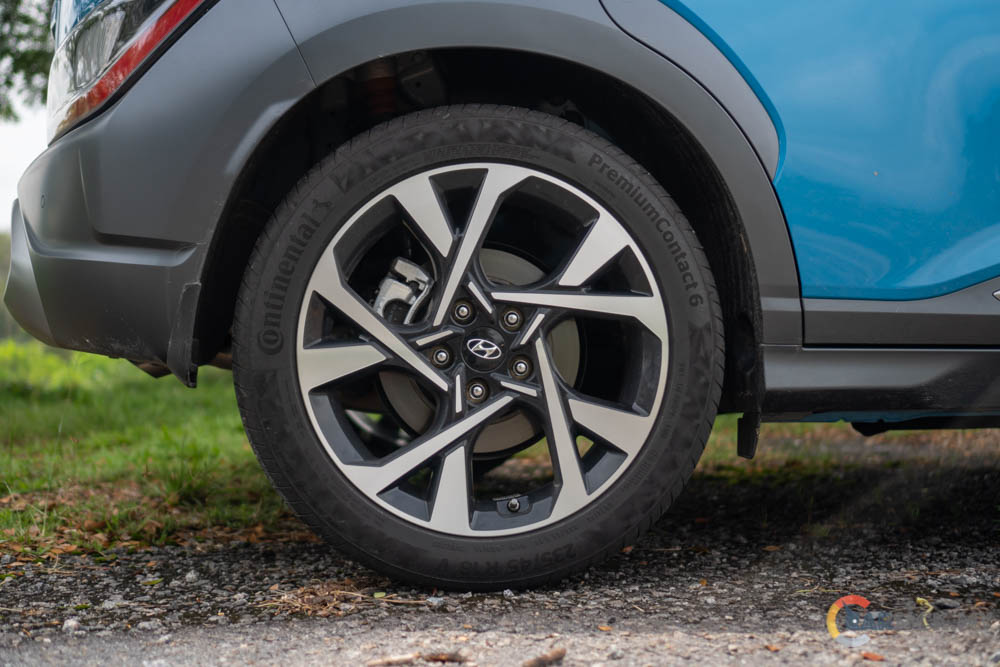
In recent years, Hyundai engineers have been putting tons of effort into ensuring their cars are able to handle in the corners. The result is very evident in the Kona, the suspension is stiff enough in keeping the car level while cornering, and yet it’s soft enough to soak up bumps and uneven roads with ease. I do notice that the Kona 2.0 Active has plenty of mechanical grip, thanks to the large 235/45 r18 tires that the Kona 2.0 Active comes with. Apart from that, the Kona has quite a stiff chassis that further enhance the handling characteristic of the SUV.
While the suspension did a good job in keeping the car stable in the corners, the steering feel felt a little lacking. Yes, the steering is precise and is willing to turn the car into a corner, but there are not much feedback coming from the steering wheel. The lacking of feel also continues on to the brake pedal, where the driver needs to step on the brake pedal deeper to feel the brake biting point. Braking performance wise, the Kona have sufficient braking force to slow the Kona down. 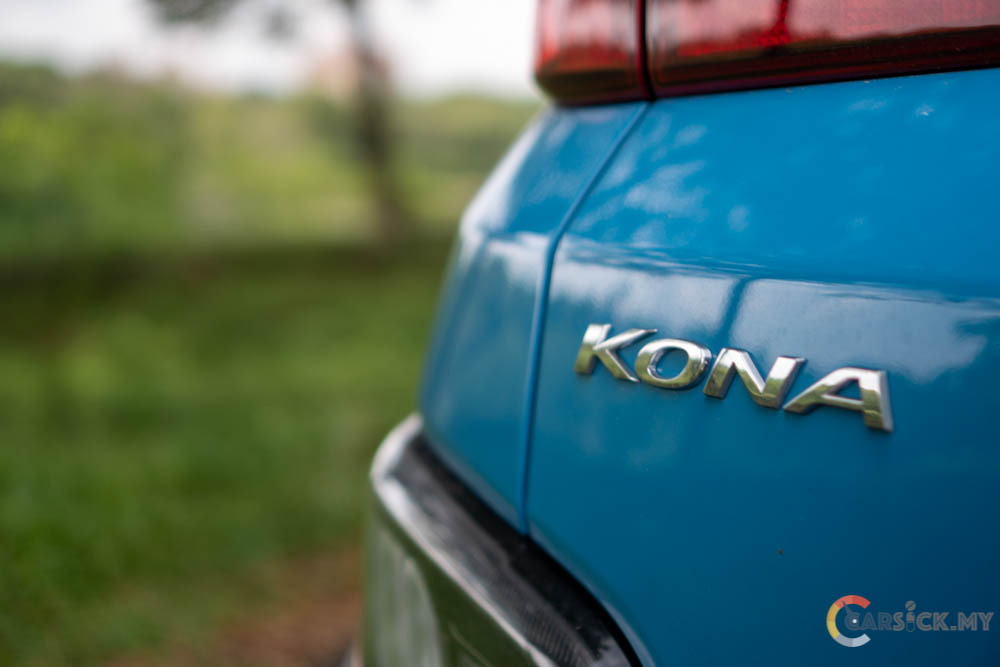
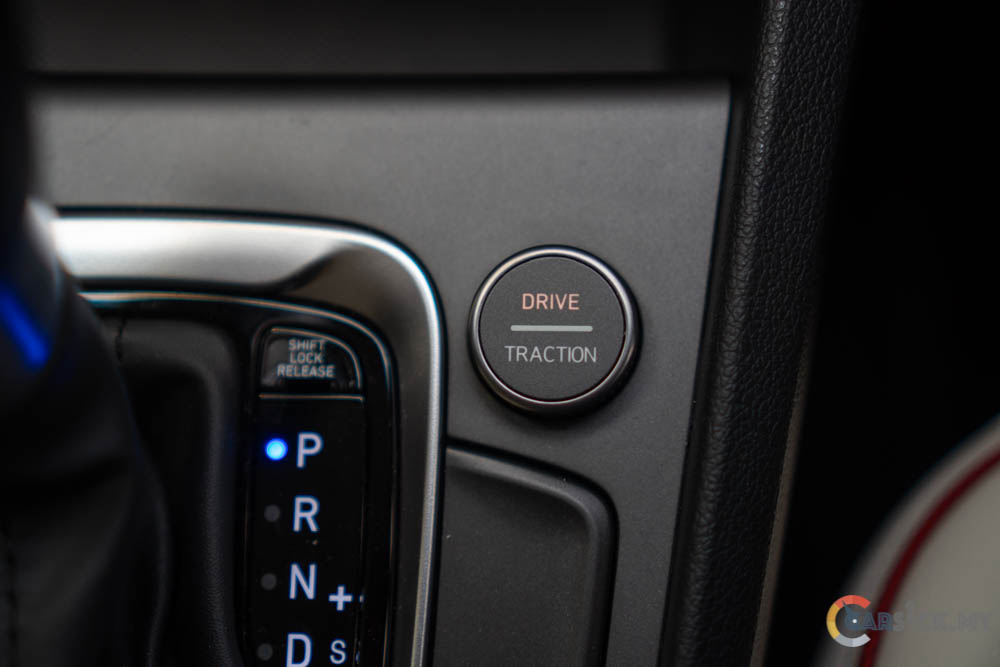
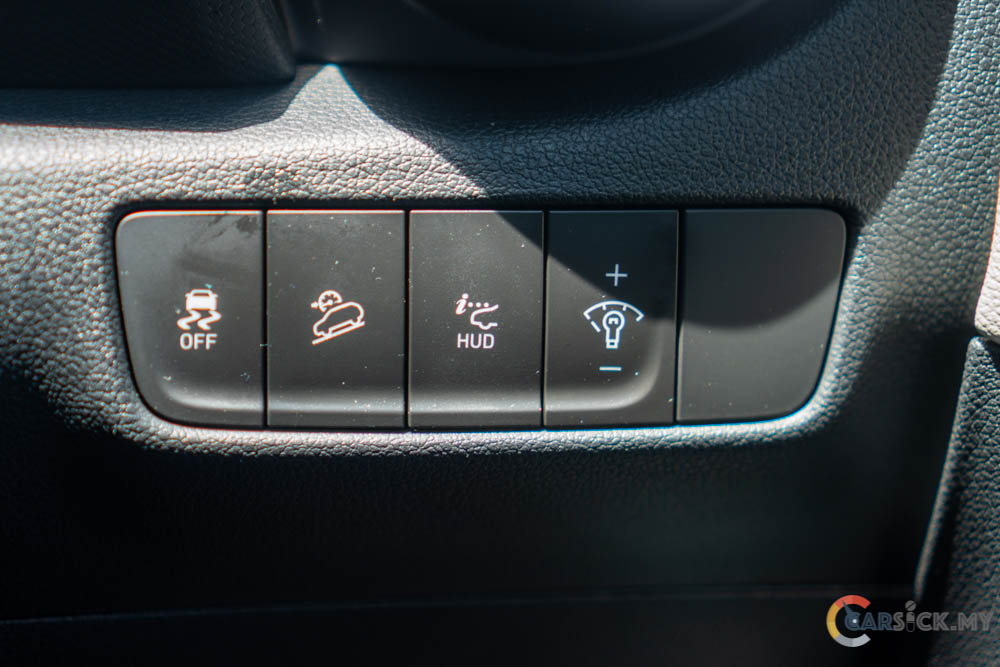
For safety and driver assistant systems, the Kona 2.0 Active comes pretty loaded with Hyundai safety sense system. The Hyundai Safety sense system includes Blind-spot Collision-Avoidance Assist (BCA), Rear Cross Traffic Collision-Avoidance Assist (RCCA), Lane Keeping Assist (LKA), Lane Following Assist (LFA), Forward Collision-Avoidance Assist (FCA), High Beam Assist (HBA), Driver Attention Warning (DAW), Rear Occupant Alert (ROA), and Safe Exit Warning (SEA). Hyundai Malaysia left out certain Hyundai safety sense system that have been dedicated exclusively for the Kona turbo variant.
To conclude, the Hyundai Kona is one of the SUV that I would consider owning. It has all the right recipe to make the SUV stand out with the stylish and sporty good looks, but practicality have not been compromised. Priced at RM 136,888, it’s seats within C-segment sedans price range. This not only give B-segment SUV buyers more options, but also C-segment buyers an alternative type of vehicle to choose from.
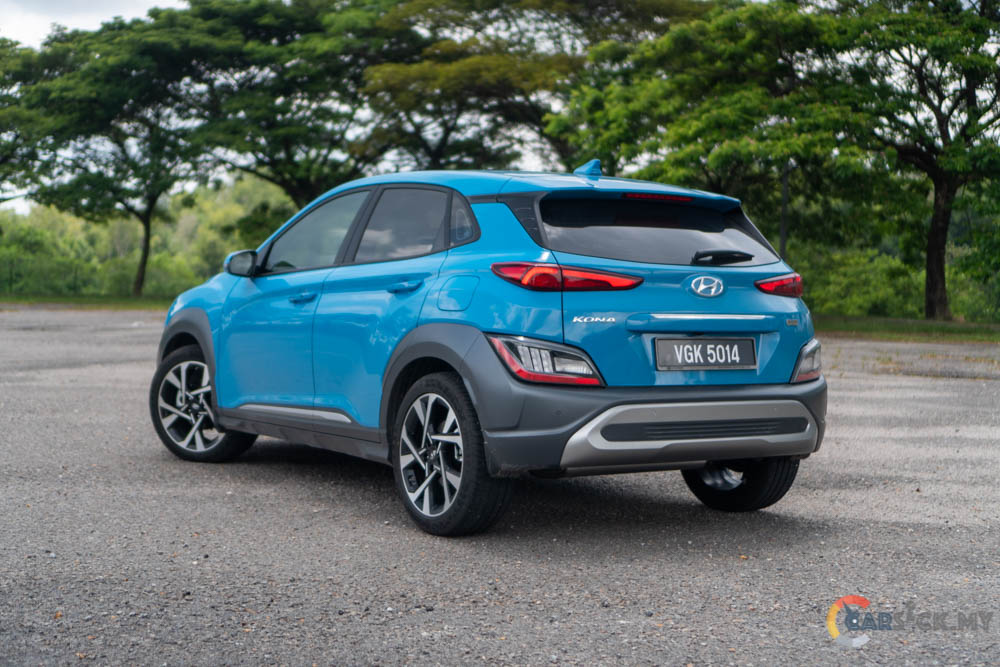
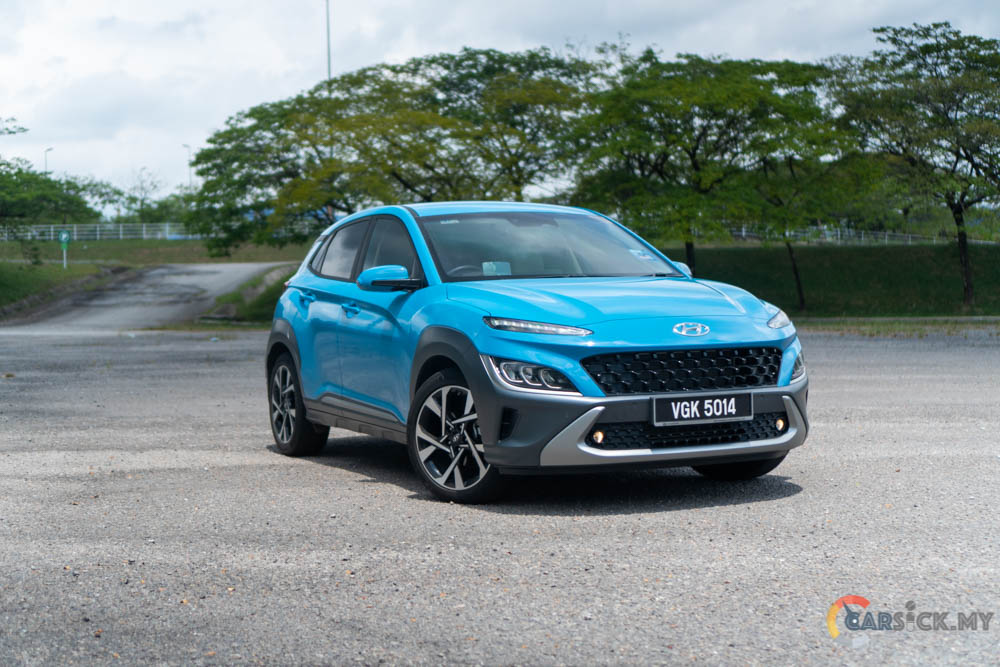
To check out the full gallery, can click here.
Here is the video review:

